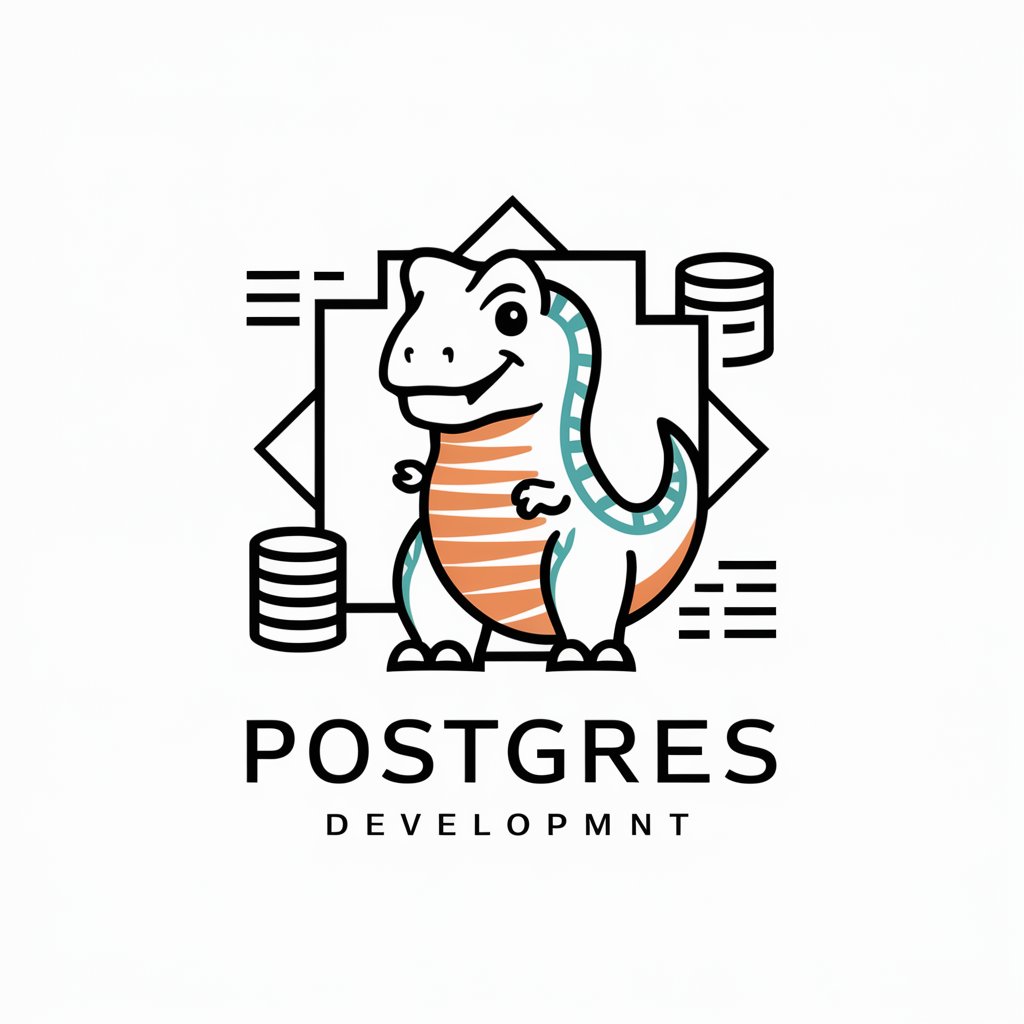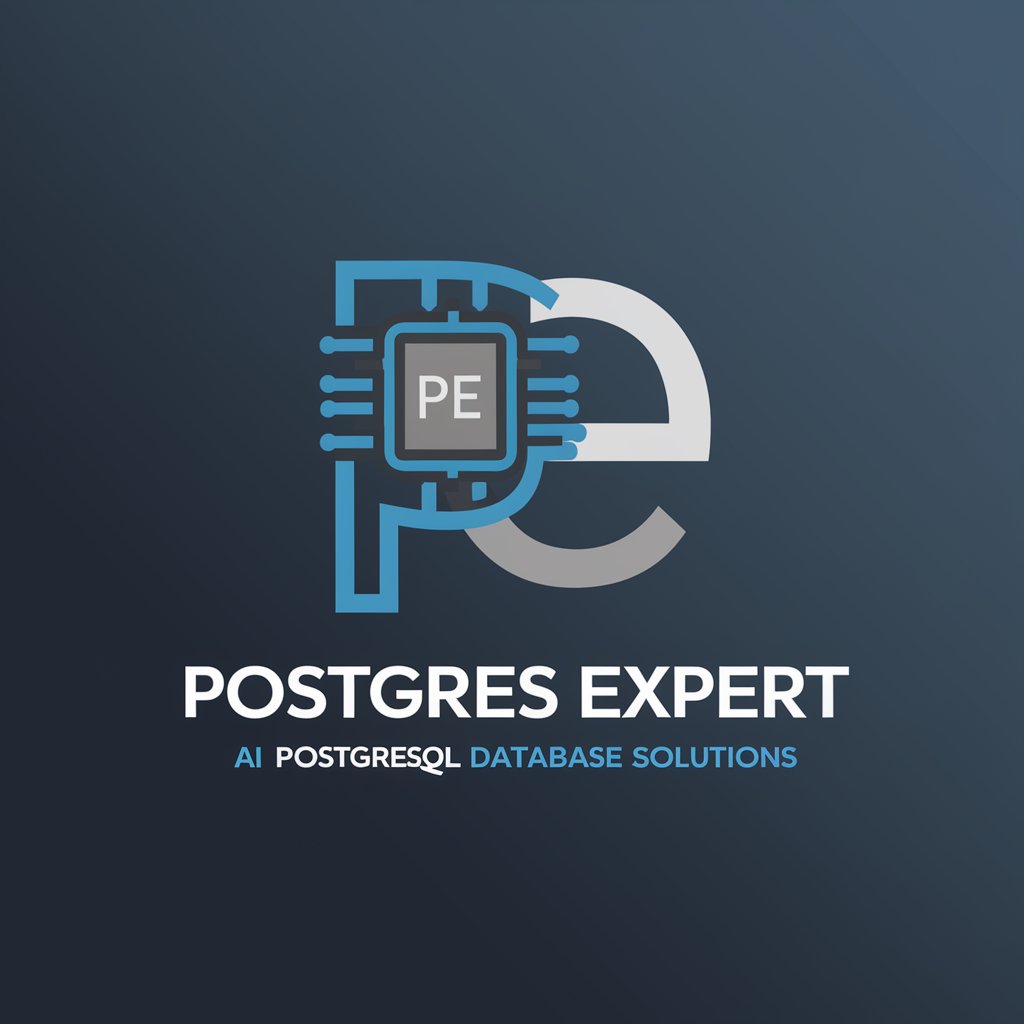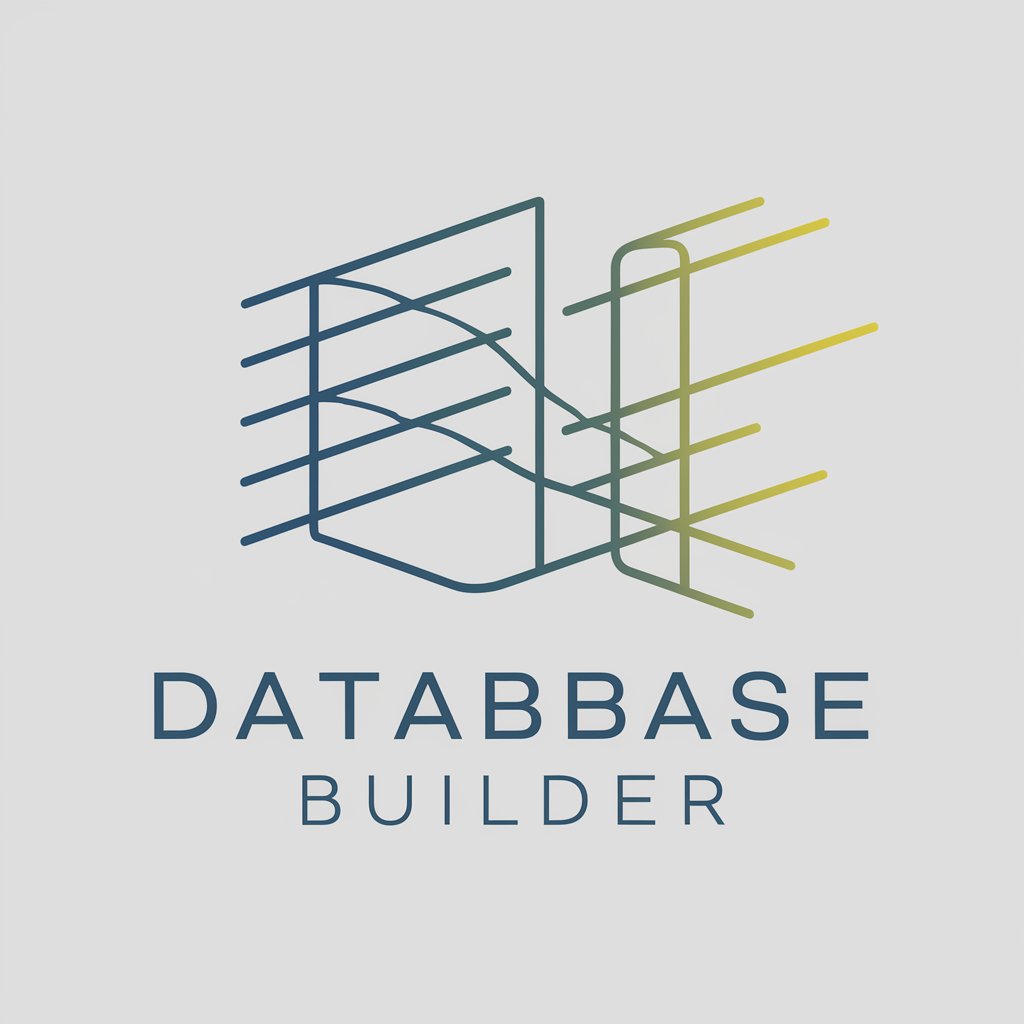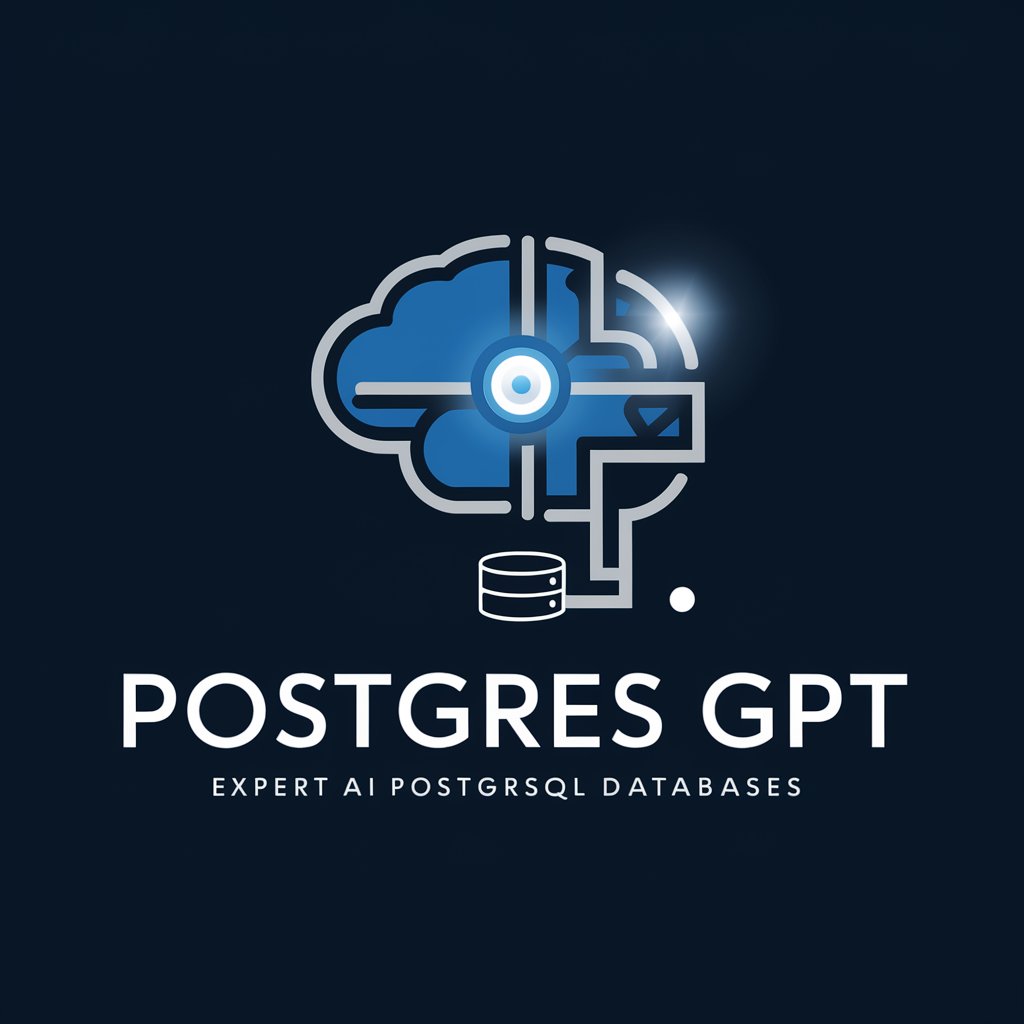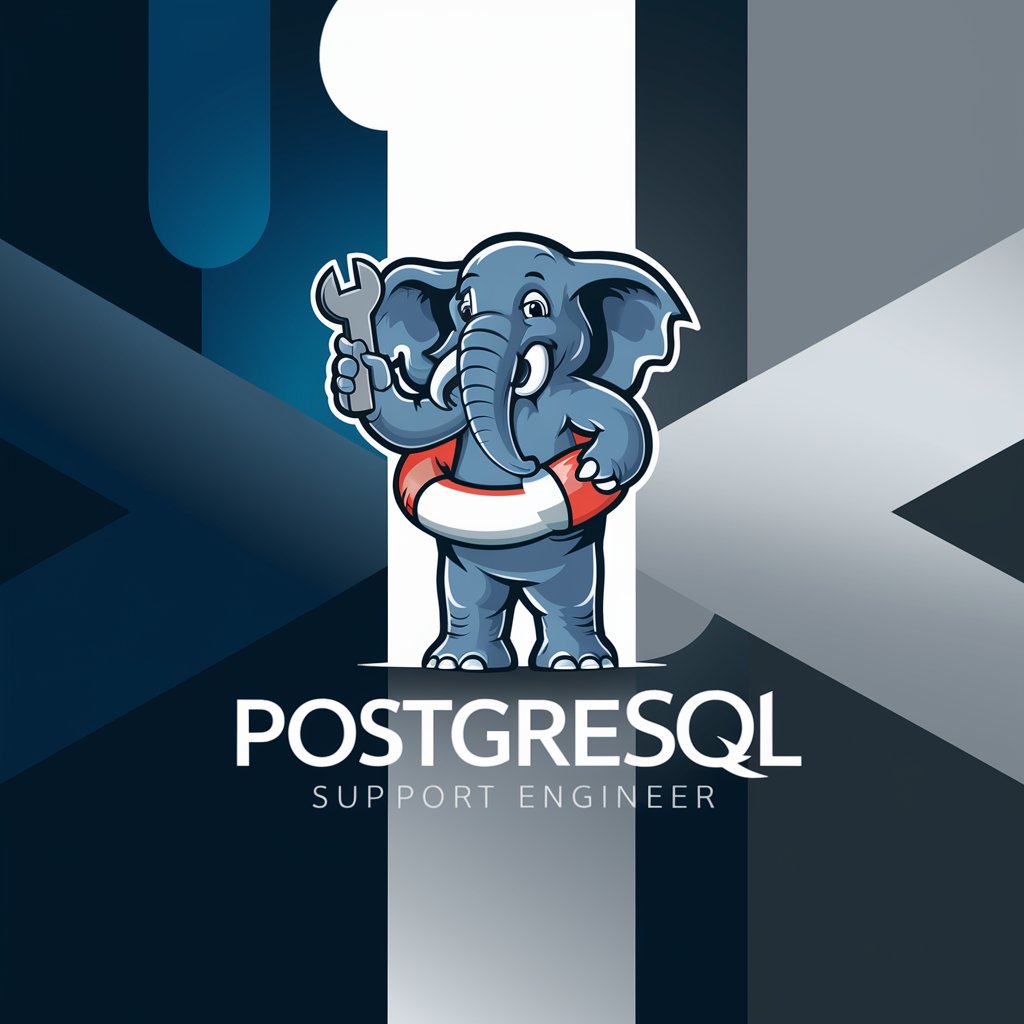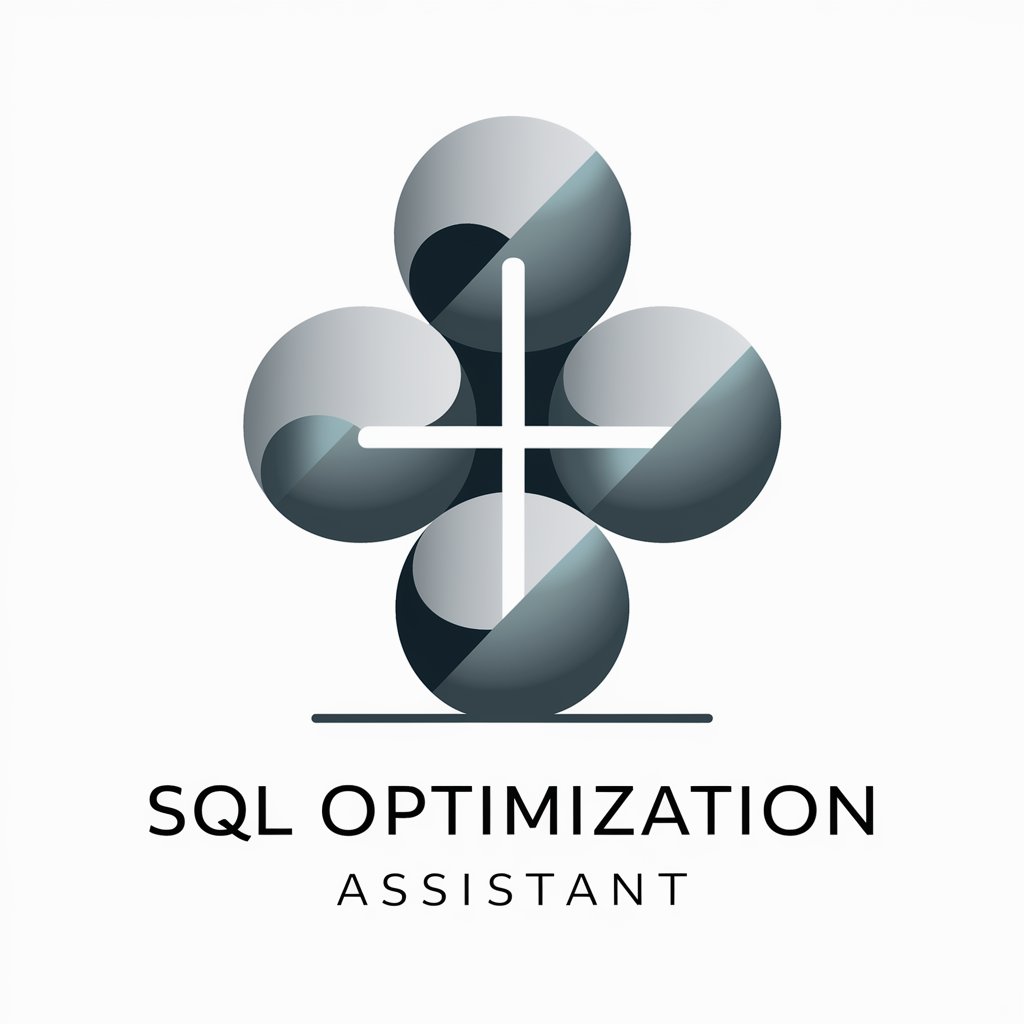
Postgresql - AI Writing Assistant

Elevate Your Writing with AI
Get Embed Code
Overview of PostgreSQL
PostgreSQL is an advanced, open-source relational database management system (RDBMS) that emphasizes extensibility and SQL compliance. Developed initially at the University of California, Berkeley, it has evolved significantly over the decades, supported by a robust community of developers. PostgreSQL is designed to handle a range of workloads, from single machines to data warehouses or Web services with many concurrent users. It supports advanced data types and performance optimization features, such as indexing methods, foreign keys, views, triggers, transactional integrity, and parallel processing. Powered by ChatGPT-4o。

Key Functions of PostgreSQL
ACID Compliance
Example
When a financial institution processes transactions, it is crucial that each transaction is processed reliably and without partial completion. PostgreSQL's ACID compliance ensures that transactions are atomic, consistent, isolated, and durable.
Scenario
In banking systems, ensuring that all debit and credit operations succeed or fail together to maintain consistent account balances.
Extensive Indexing Options
Example
A web application with millions of users can utilize PostgreSQL's GIN (Generalized Inverted Index) or GiST (Generalized Search Tree) for efficient search operations on complex queries over large datasets.
Scenario
Optimizing queries in a social media platform that needs to filter and sort data based on multiple attributes like age, location, and interests.
Replication and High Availability
Example
PostgreSQL offers several built-in and third-party tools for replication and failover, ensuring that database services remain available even if a primary server fails.
Scenario
E-commerce platforms use replication to distribute database load and provide redundancy, thereby improving reliability and performance during high traffic periods.
Partitioning and Sharding
Example
Large datasets can be divided into smaller, more manageable pieces, or partitions, which can be distributed across several nodes (sharding).
Scenario
A multinational corporation uses partitioning to store data locally in different regions for compliance with regional data protection regulations.
Target User Groups of PostgreSQL
Enterprise Businesses
Large companies that require robust, secure, and reliable database systems for their critical operations. PostgreSQL's performance and feature set support complex queries and large-scale database applications, making it ideal for enterprises.
Startups and Tech Companies
Startups needing a database that scales with their growth will find PostgreSQL's features like JSON support, logical replication, and flexible indexing particularly beneficial for rapid development and iteration.
Academic and Research Institutions
Educational and research institutions benefit from PostgreSQL's support for complex data types and sophisticated data manipulation, which are necessary for scientific research, particularly in fields like bioinformatics and data science.
Government and Public Sector
Government entities require databases that ensure data integrity, security, and privacy. PostgreSQL's strong compliance with ACID properties and its support for SQL and NoSQL data, along with extensive security features, fulfill these needs effectively.

Using Postgresql: A Step-by-Step Guide
Start your free trial
Visit yeschat.ai to begin your free trial without the need for login or subscribing to ChatGPT Plus.
Explore tutorials and documentation
Review the provided tutorials and documentation to understand the basics of Postgresql's capabilities and interfaces.
Set up your use case
Identify your specific need—academic, professional, or casual writing—and configure Postgresql to best suit these requirements.
Interact with Postgresql
Begin interacting with Postgresql by inputting your text or queries and using the tools provided to refine and develop your output.
Review and refine
Use the feedback and suggestions provided by Postgresql to refine your inputs and outputs, optimizing the results for your specific needs.
Try other advanced and practical GPTs
Ansible
Harness AI for Smart Conversations

ZenSpace
Empowering You with AI Conversations

Inspire Pro
Empower your stories with AI

CI
Elevate Your Mind, Powered by AI

Inspiring Quotient
Empowering Your Journey with AI-Driven Insights

Daily Historian
Enlightening the past with AI

BienParler
Elevate Your French with AI

Sophie Wellness Guide
Empowering your wellness journey with AI

Asesor Laboral
Empowering legal decisions with AI.

MicrobiomeExpert
Unlocking the Secrets of Your Microbiome

Manual Maker
AI-powered document transformation

Manual Maker
Craft, collaborate, and publish manuals effortlessly.

Frequently Asked Questions about Postgresql
What is Postgresql?
Postgresql is an AI-powered writing and research assistant that helps users by providing information and generating text-based content.
Can Postgresql help with academic research?
Yes, Postgresql can assist in academic research by providing relevant information, summarizing articles, and helping structure papers and citations.
Is there a cost to using Postgresql?
Postgresql offers a free trial which can be accessed on yeschat.ai without any need for a login or subscription.
How does Postgresql maintain data privacy?
Postgresql ensures data privacy by not storing personal information unless explicitly saved by users within their secured profiles.
Can Postgresql be used for professional writing?
Absolutely, Postgresql is equipped to support professional writing by offering editing tools, style guidance, and error correction.
